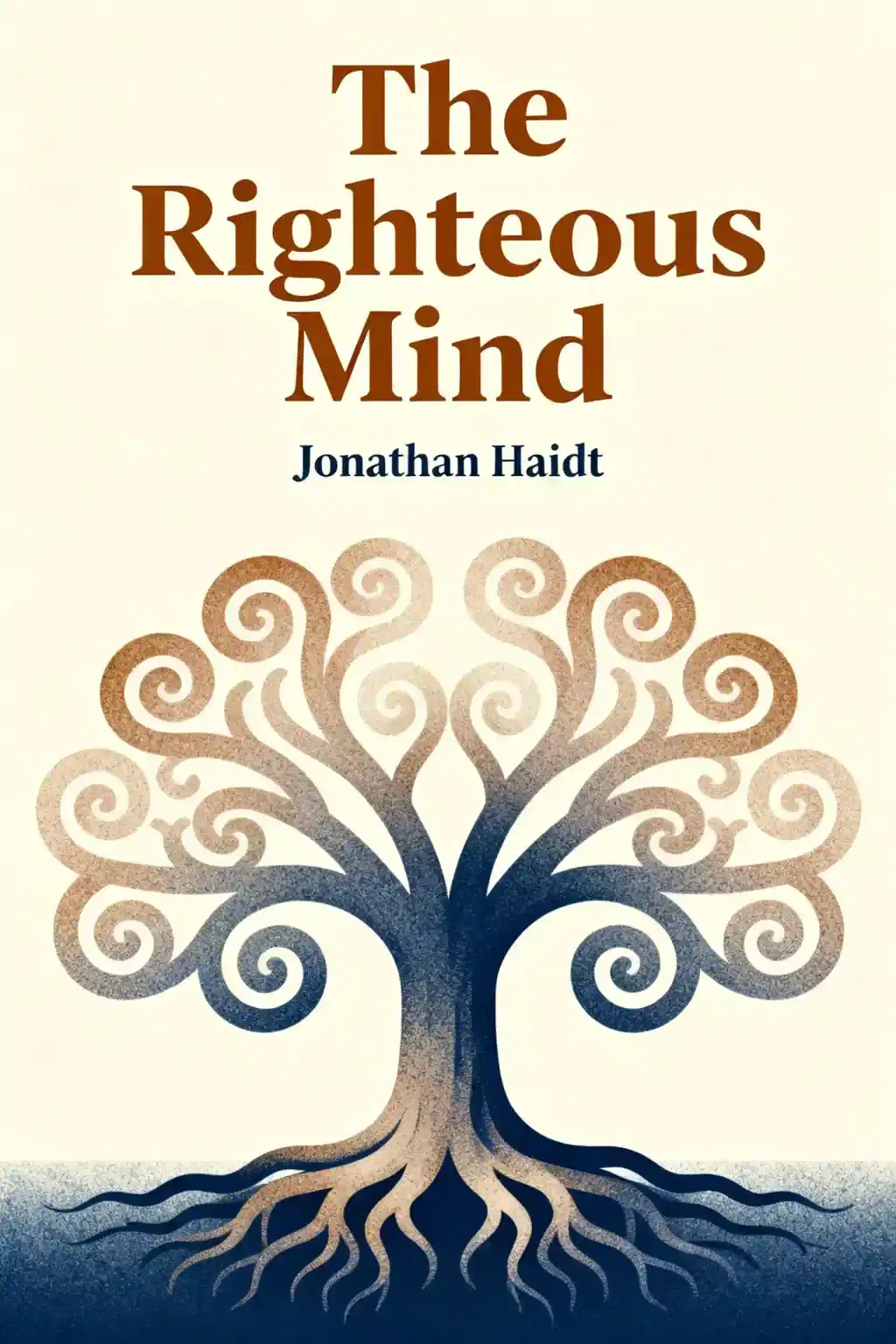What is
Justice: What's the Right Thing to Do? about?
Justice: What's the Right Thing to Do? by Michael J. Sandel explores philosophical theories of justice through real-world dilemmas, challenging readers to rethink morality in politics and daily life. Sandel critiques utilitarianism, libertarianism, and Kantian ethics while advocating for a communitarian approach that prioritizes the common good over individual rights. The book uses examples like price gouging and affirmative action to make complex ideas accessible.
Who should read
Justice: What's the Right Thing to Do??
This book is ideal for students, philosophy enthusiasts, and anyone interested in ethics, politics, or societal values. Sandel’s engaging style—rooted in his legendary Harvard course—appeals to both academic and general audiences seeking to grapple with moral questions like income inequality, free markets, and fairness. It’s particularly valuable for readers who enjoy Socratic dialogue and real-world case studies.
Is
Justice: What's the Right Thing to Do? worth reading?
Yes, the book is a globally influential work praised for making philosophy relevant to modern issues. Translated into over 30 languages, it’s been called “transformative reading” by critics and has sparked public debates on ethics. Its blend of classical theories and contemporary problems—like same-sex marriage and military drafts—offers timeless insights for navigating moral conflicts.
What are the main ethical frameworks discussed in
Justice?Sandel examines three core theories: utilitarianism (maximizing overall happiness), libertarianism (prioritizing individual freedom), and Kantian deontology (acting from duty). He contrasts these with Aristotle’s virtue ethics and John Rawls’ theory of fairness, ultimately advocating for a communitarian view that emphasizes civic responsibility and shared moral values.
What real-world examples does Michael Sandel use in
Justice?The book analyzes controversies like Hurricane Katrina price gouging, Bill Clinton’s impeachment, and the 2008 financial crisis. Sandel also explores dilemmas such as surrogate pregnancy contracts, military conscription, and affirmative action to illustrate clashes between justice theories.
How does Sandel critique John Rawls’ theory of justice?
Sandel argues Rawls’ “veil of ignorance” (deciding societal rules without knowing one’s position) overlooks the role of community and moral commitments. He posits that Rawls’ focus on individual rights fails to address how shared values shape our identities and obligations.
Does
Justice discuss the moral limits of markets?
Yes, Sandel critiques market encroachment into areas like education, healthcare, and civic life, arguing that monetizing everything corrodes moral values. This theme later expands in his book What Money Can’t Buy, where he questions whether markets should dictate worth.
What is the “Trolley Problem” and how does Sandel address it?
The trolley problem—a thought experiment about diverting a runaway train to save lives—illustrates utilitarianism vs. deontology. Sandel uses it to show how abstract principles apply to real-world trade-offs, like wartime sacrifices or medical triage decisions.
How does
Justice approach the debate between equality and meritocracy?
While acknowledging meritocracy’s appeal, Sandel warns it can justify inequality and undermine solidarity. He later expands this critique in The Tyranny of Merit, arguing that success often depends on luck, not just effort, and that meritocratic systems erode humility and shared responsibility.
Can
Justice help with understanding political polarization?
Yes, Sandel’s emphasis on moral dialogue—rather than purely economic or ideological debates—provides tools to bridge divides. By focusing on ethical reasoning, the book encourages readers to engage with opposing viewpoints constructively.
What criticisms exist about
Justice: What's the Right Thing to Do?Some scholars argue Sandel oversimplifies philosophical theories or dismisses libertarianism too hastily. Others note his communitarian approach lacks concrete policy solutions. However, most praise the book for revitalizing public discourse on ethics.
How does
Justice compare to Sandel’s
The Tyranny of Merit?
Justice focuses on foundational ethical theories, while The Tyranny of Merit examines meritocracy’s societal impacts. Both emphasize collective well-being over individualism, but the latter tackles modern issues like elitism and the dignity of work more directly.














